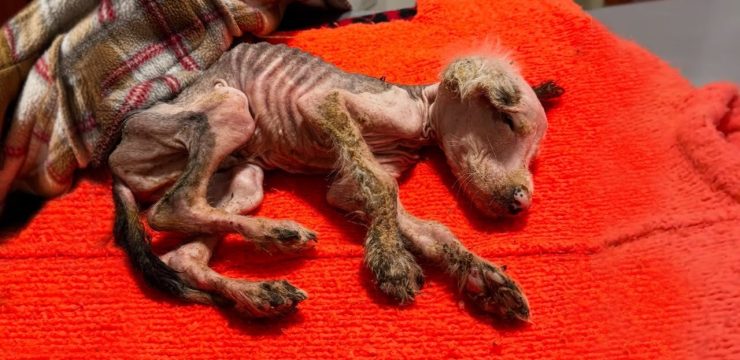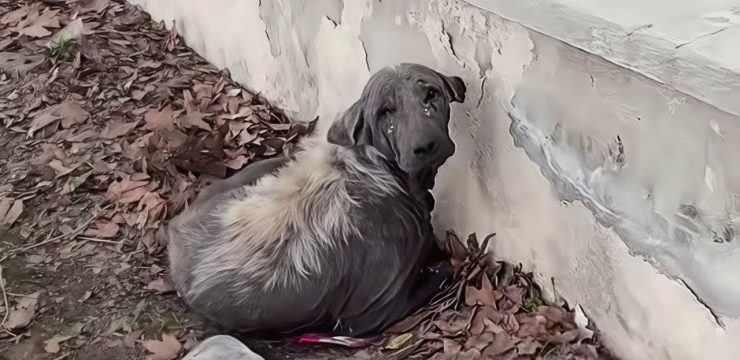A powerful and thought-provoking photo series is challenging the long-standing norms surrounding female beauty and encouraging women to rethink a deeply ingrained ritual: shaving. This bold initiative is calling on women to swap their razors for something far more natural—their own armpit hair.

Before the days of razors, waxing kits, and laser treatments, hair removal was already a practiced ritual. In fact, it dates all the way back to the Stone Age. During that time, both men and women used sharpened stones and seashells to scrape hair off their bodies, an early sign of how body hair management was woven into human history. As centuries passed, new ideas began to emerge that shaped the cultural perception of body hair.
Charles Darwin’s theory of natural selection, for example, contributed a new perspective. According to Darwin, having less body hair signaled a more evolved and sexually desirable individual. This belief gave rise to a pseudo-scientific argument that linked hairlessness with attractiveness and social advancement. In essence, being hair-free became a marker of sophistication and evolutionary superiority.
By the early 20th century, the concept of hairlessness had solidified its position as a social expectation—especially for women. Shaving became more than a personal choice; it became a responsibility. Female body hair was framed as undesirable, something shameful that needed to be hidden. As Heather Widdows, author of Perfect Me: Beauty as an Ethical Ideal, told CNN, “It’s been deeply stigmatized—it still is—and cast with shame. Today, most women feel like they have to shave. Like they have no other option. There’s something deeply fraught about that—though perceptions are slowly changing.”
And change is exactly what’s beginning to happen. After generations of societal programming, women are starting to challenge the outdated belief that beauty equals flawlessness and flawlessness means being hair-free. In a quiet revolution, they are reclaiming control of their bodies and redefining what it means to be feminine.
London-based photographer Ben Hopper is one of the artists leading this conversation. Through his series titled “Natural Beauty,” Hopper invites viewers to reconsider their perceptions of beauty and hygiene. “The armpit hair is considered to be very disgusting, non-hygienic, repulsive, grotesque, very masculine,” Hopper explained to Bored Panda. He wanted to know why this natural feature remains such a taboo.
By capturing women as they truly are—without filtering or editing their appearance to fit conventional beauty ideals—Hopper sought to challenge cultural norms and ask a deeper question: Why is female body hair seen as so incompatible with beauty? In his words, “You look at fashion and film industries, you have a very, very specific kind of beauty standards for women.”
His photo series, shot in striking black and white, intentionally highlights the contrast between what society deems glamorous and the raw, natural look of female armpit hair. Hopper shared with the Huffington Post that he hopes the photos will surprise viewers and get them thinking differently. “That is one of my intentions,” he admitted.
Hopper began the project in 2007 and has since gathered stories and insights from the models and actresses who participated. For many of these women, choosing not to shave became an act of liberation. A model who goes by the name Kyotocat expressed how freeing it felt: “I felt so relieved and free when I let it grow out. It felt like being able to breathe. It was incredibly comfortable too. I felt a confidence and boldness returning, like I was replenishing some kind of primal power.”
Sophie Rose, another model featured in the project, echoed a similar sentiment. She said it felt “empowering” to stop hiding her body hair: “You feel stronger for not giving [in] to the way you’ve been told to be. I really enjoyed people recoiling in disgust, it was funny.”
Gabriela Eva, who specifically grew her armpit hair for the shoot, admitted she was curious to see how she’d feel being judged. “It made me feel natural and vulnerable at first, and eventually empowered,” she said. “I’ve grown accustomed to my armpit hair, and it makes me feel beautiful. If I removed it now, I’d feel a little bare.”
For some, like Sienna, the choice wasn’t necessarily about feeling empowered—it was about comfort. “I don’t think women refusing to shave should necessarily be considered a radical act. Of course, it’s a way in which women can refuse to conform to patriarchal beauty standards, but I don’t want my body to consistently be read as a political space,” she explained.
Swedish actress Emilie Bostdt took it a step further, emphasizing that armpit hair shouldn’t have to be a statement at all. “The fact that in this society something natural like growing your armpit hair is almost a statement, or a political act, is weird—and that’s a reason to grow,” she wrote.
Despite the attention the series has received, Hopper clarified that he doesn’t necessarily want all women to grow their armpit hair. “I just think that it’s a possibility and people shouldn’t dismiss it. I’d like people to just question [beauty standards], the whole thing,” he said.
The “Natural Beauty” series isn’t about turning armpit hair into a new trend—it’s about expanding the definition of beauty to include authenticity and self-acceptance. As more individuals add their voices to the conversation, the hope is that beauty norms will evolve to embrace differences rather than erase them.
So, is the world finally ready to embrace true natural beauty? That’s the question Hopper poses to us all. If this message resonates with you, don’t keep it to yourself. Share this story and join the conversation. Let’s find out what others think.





